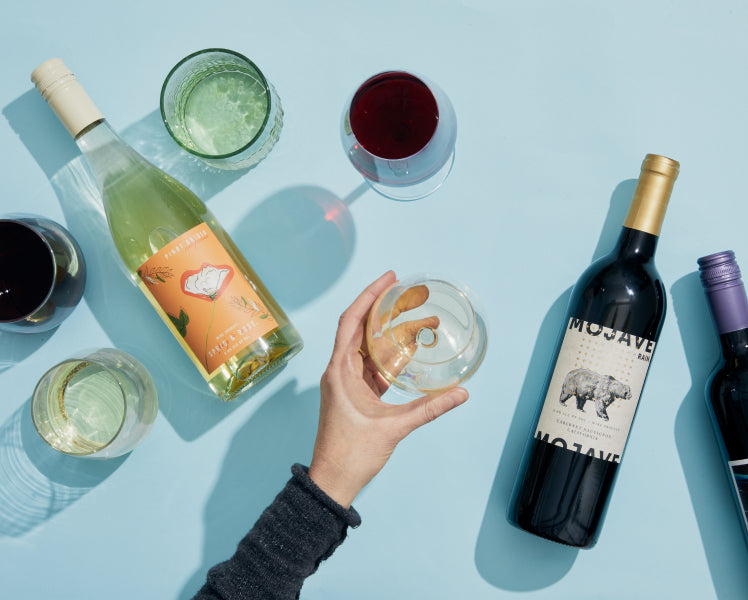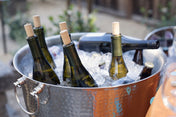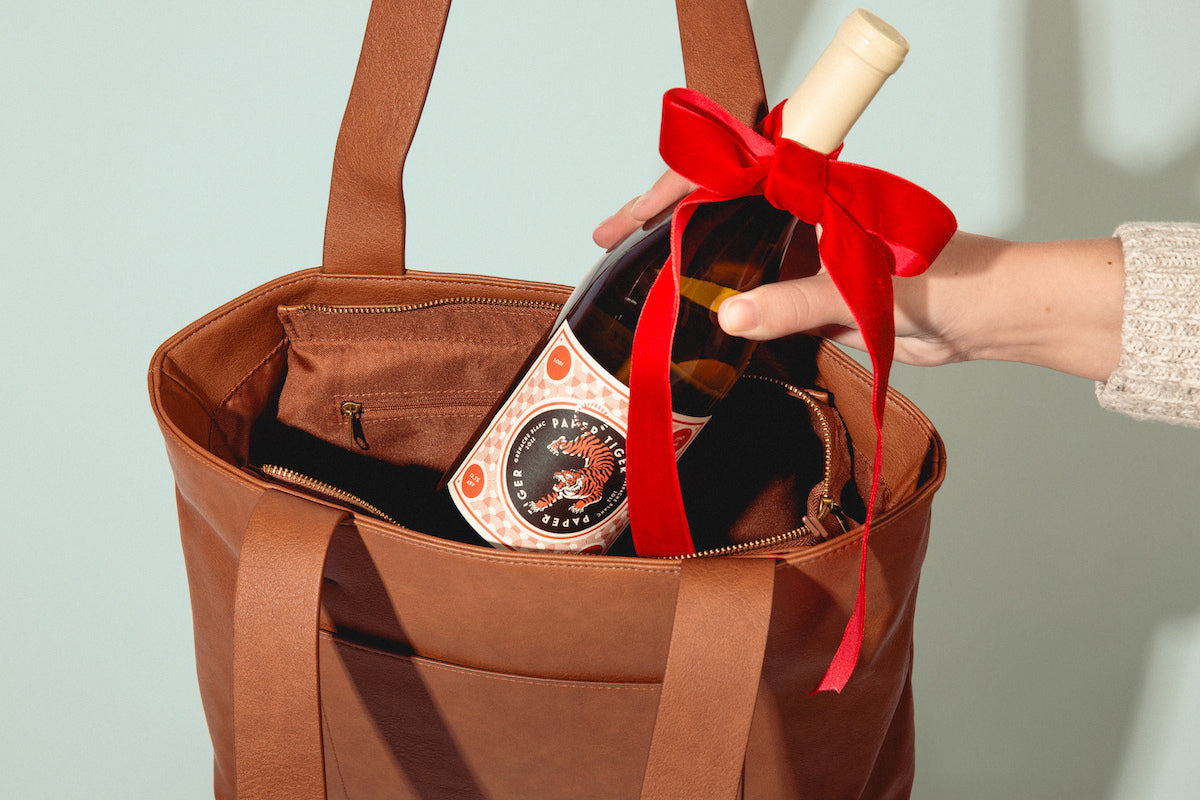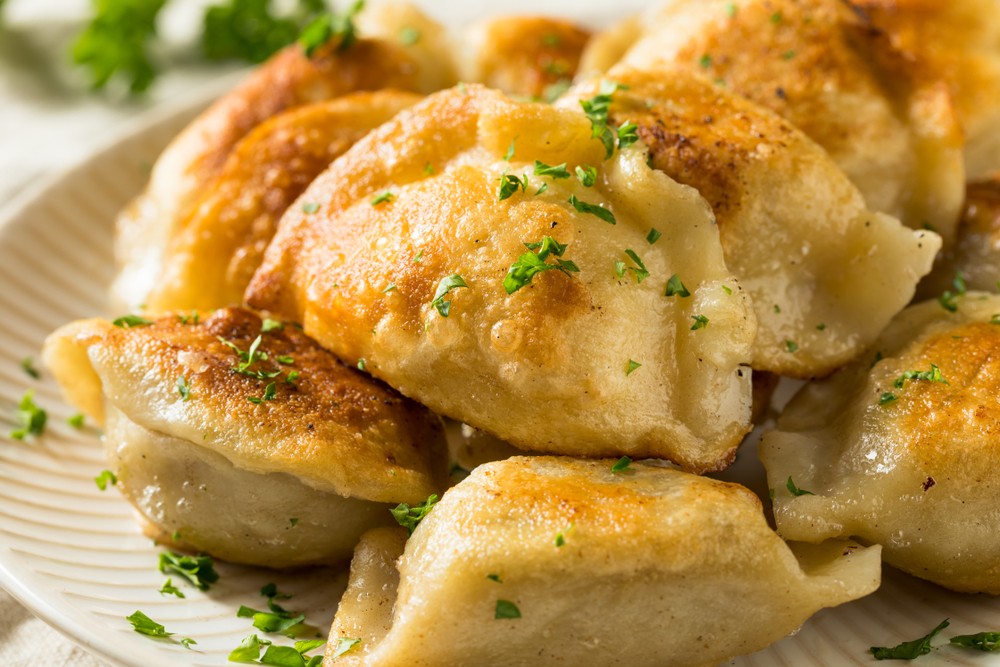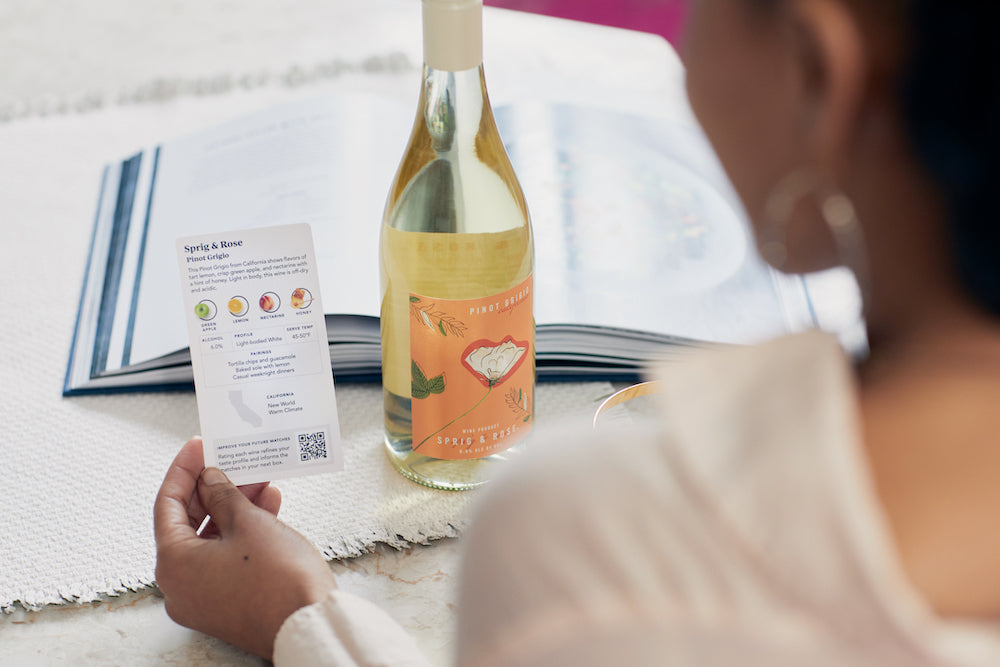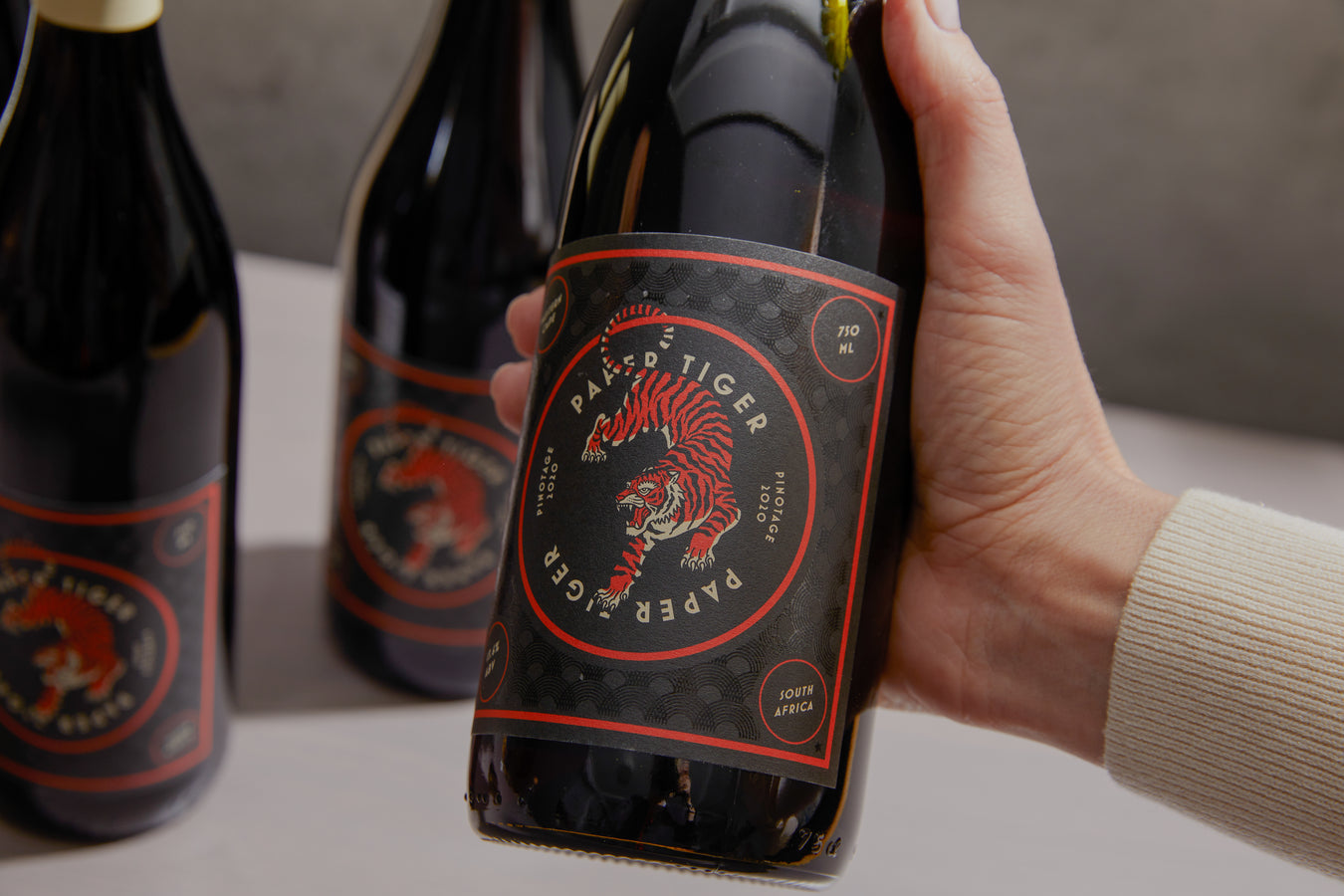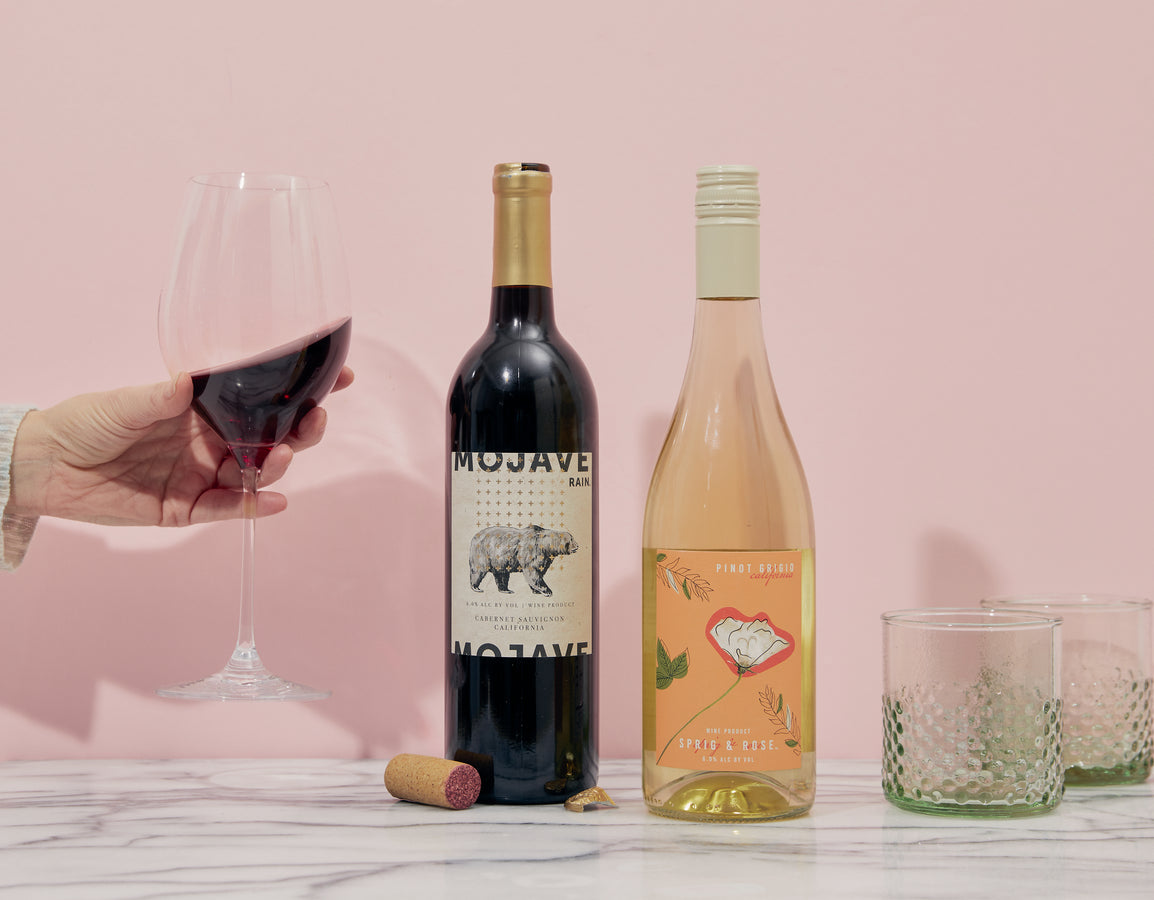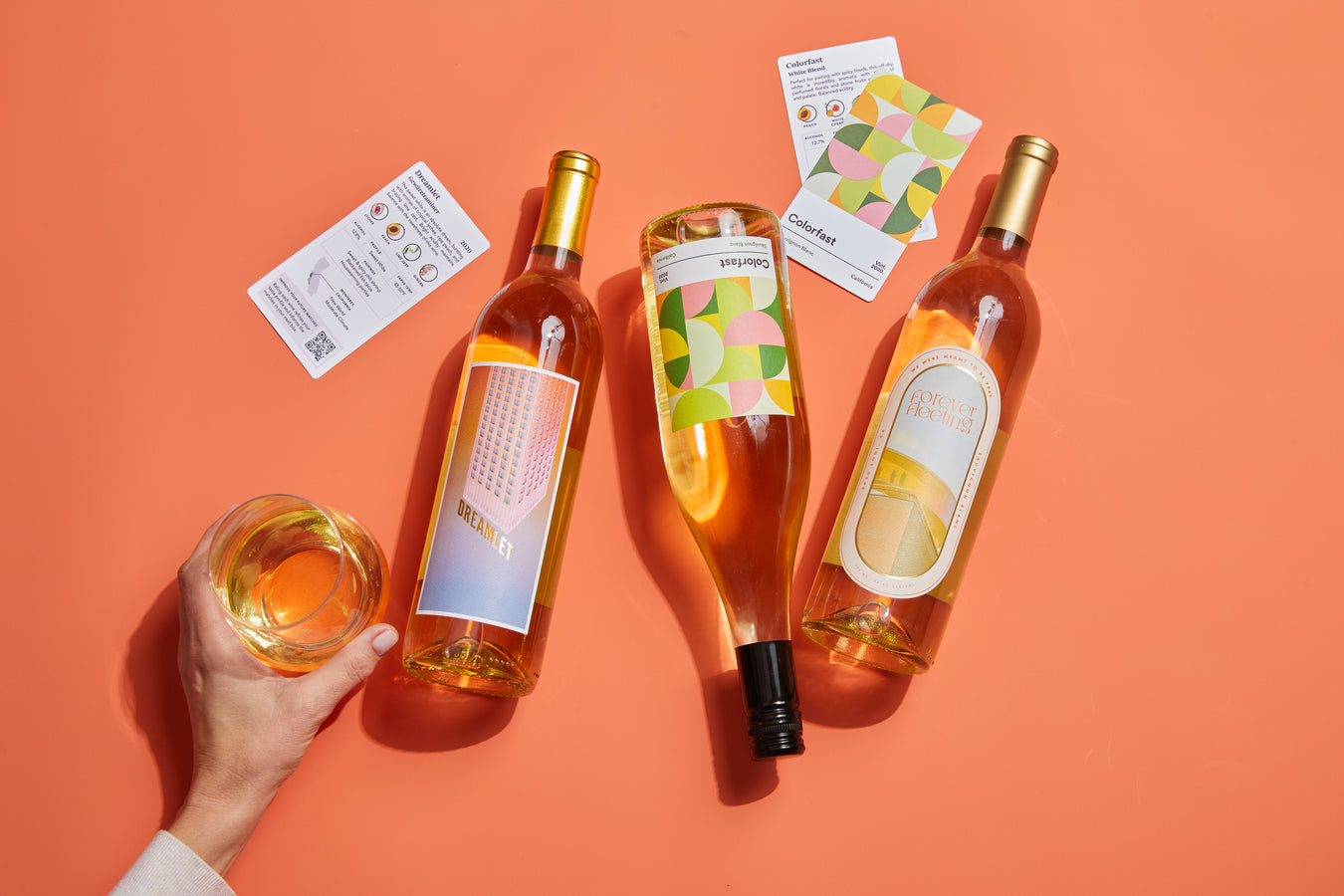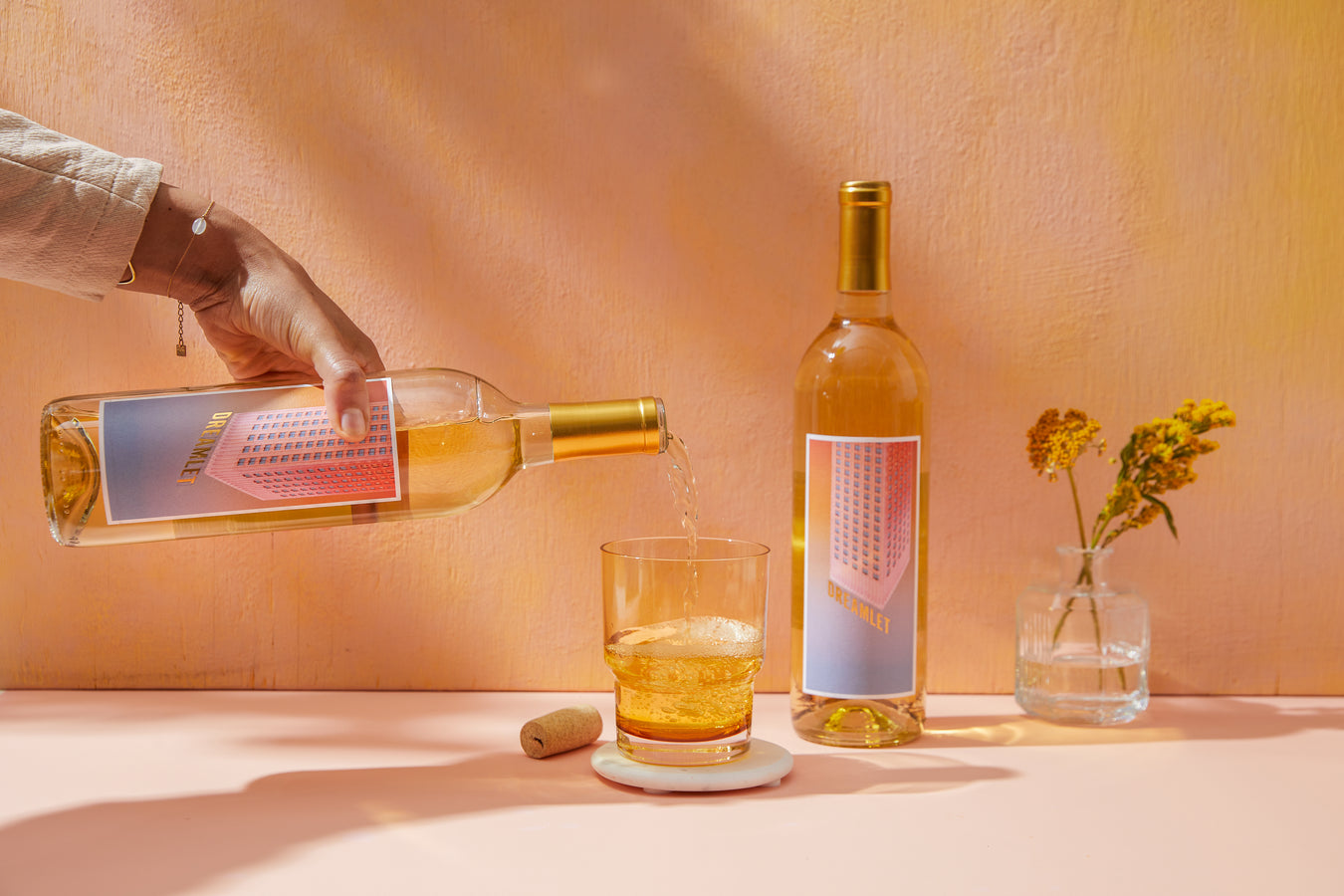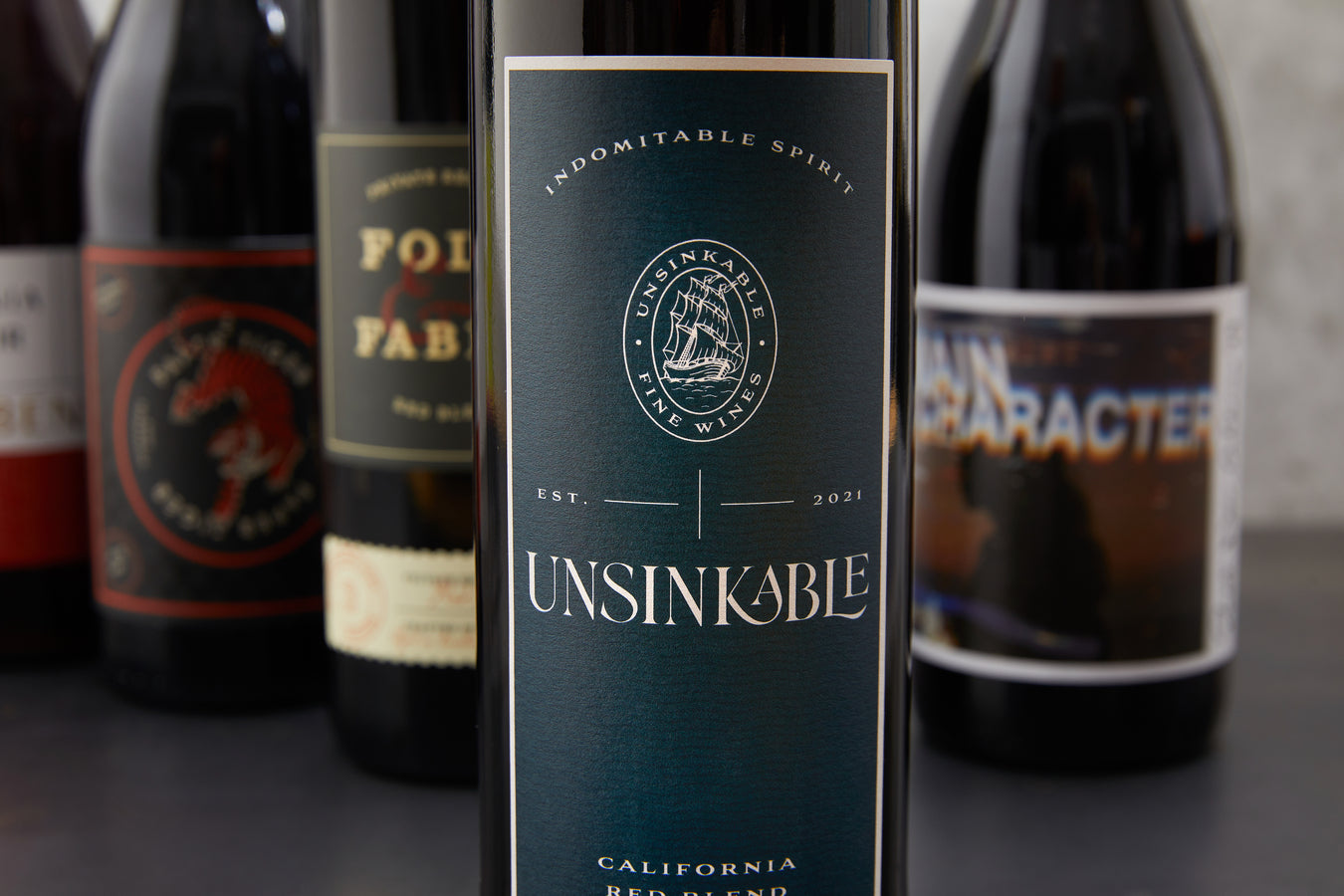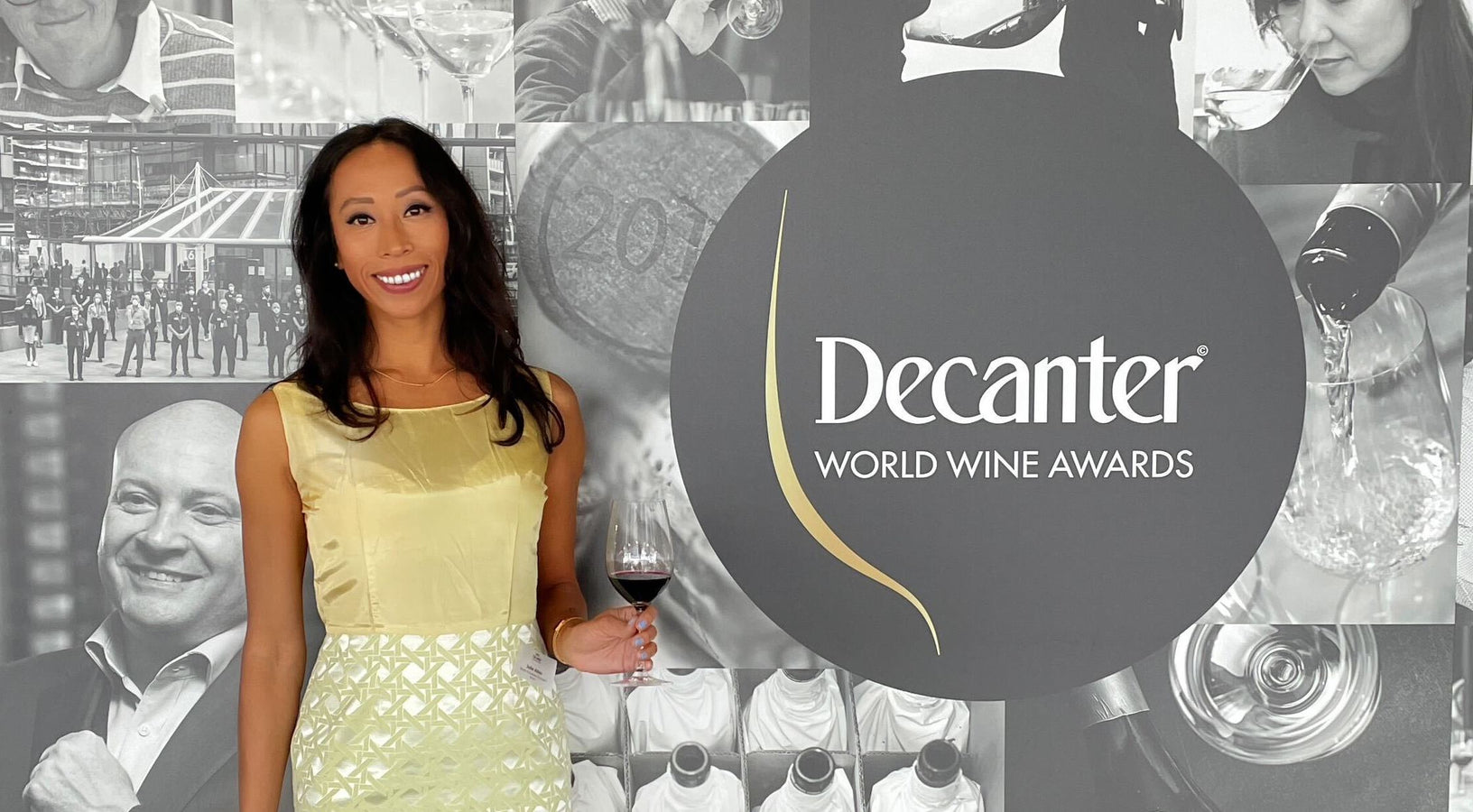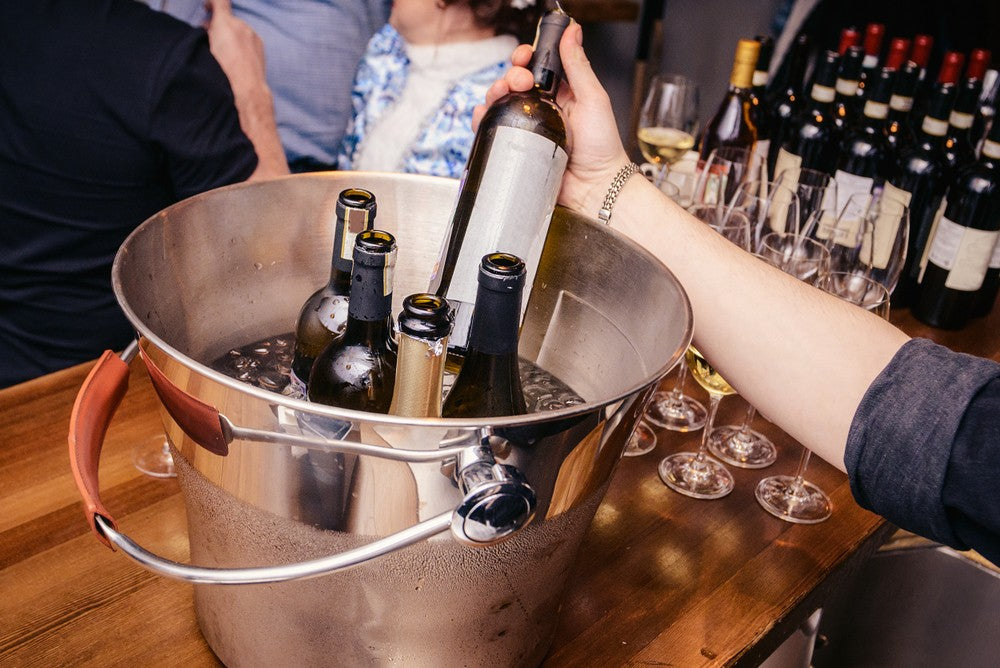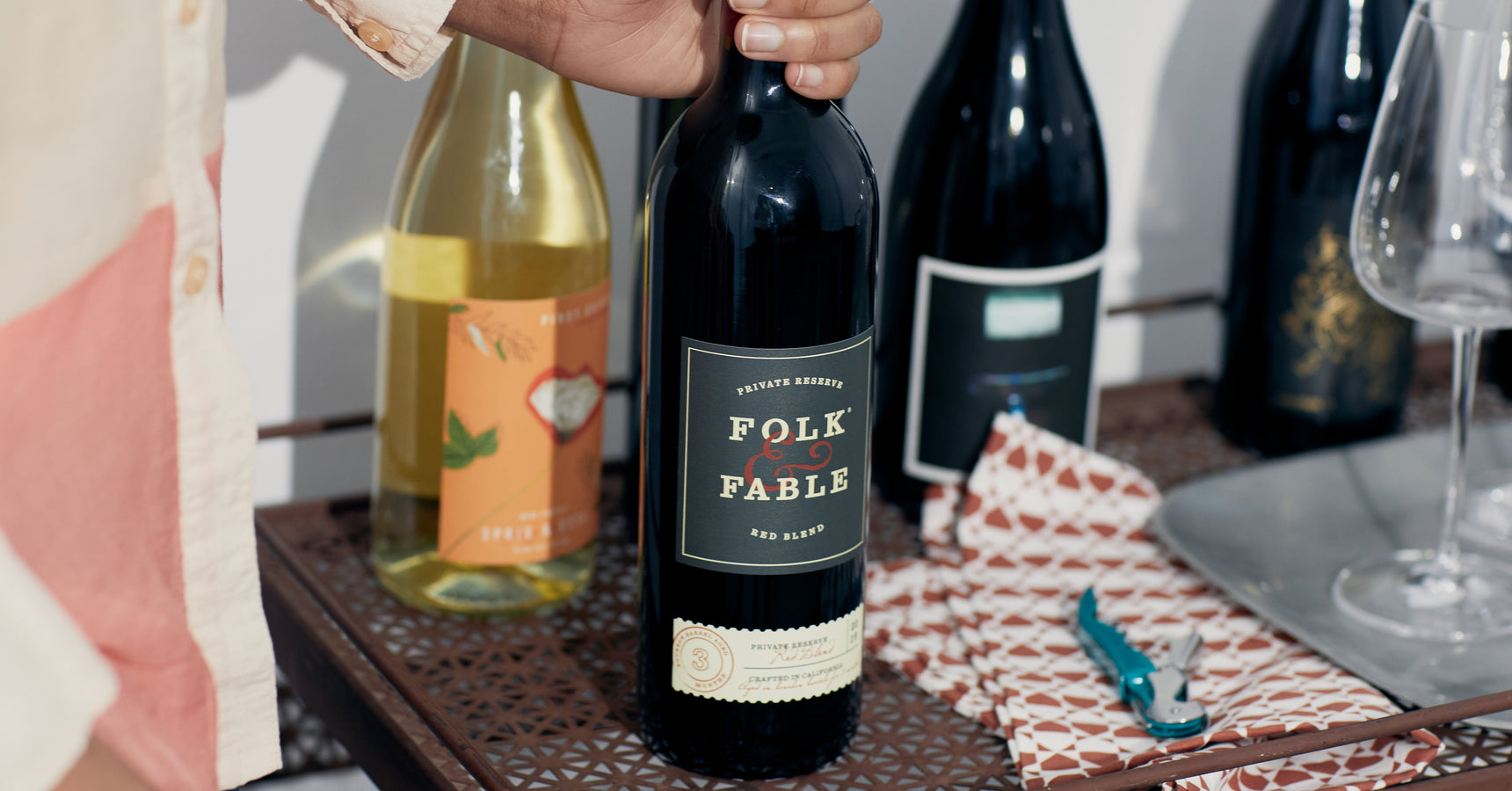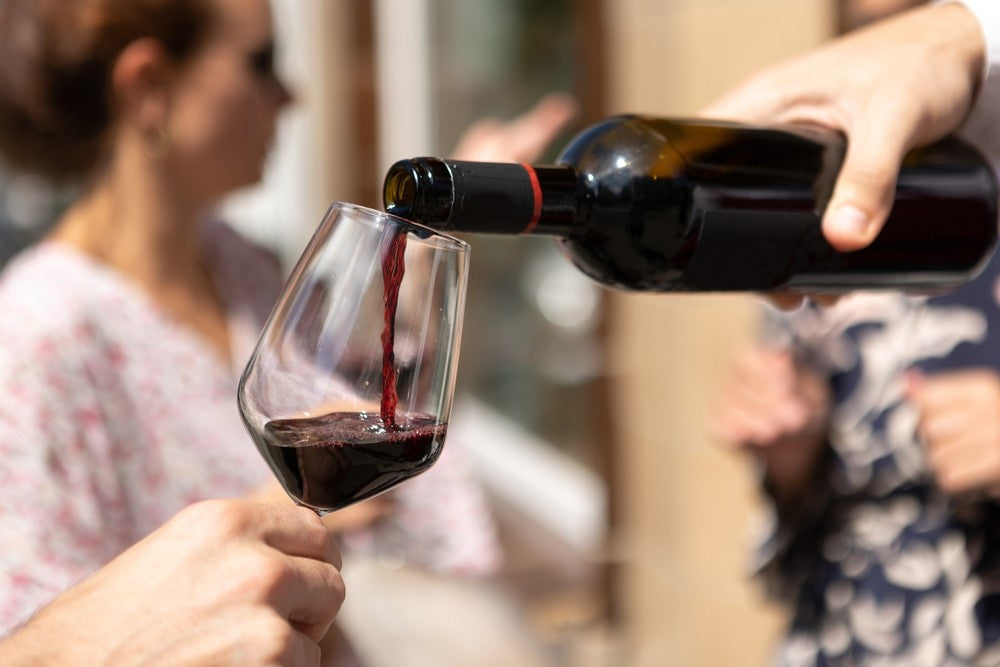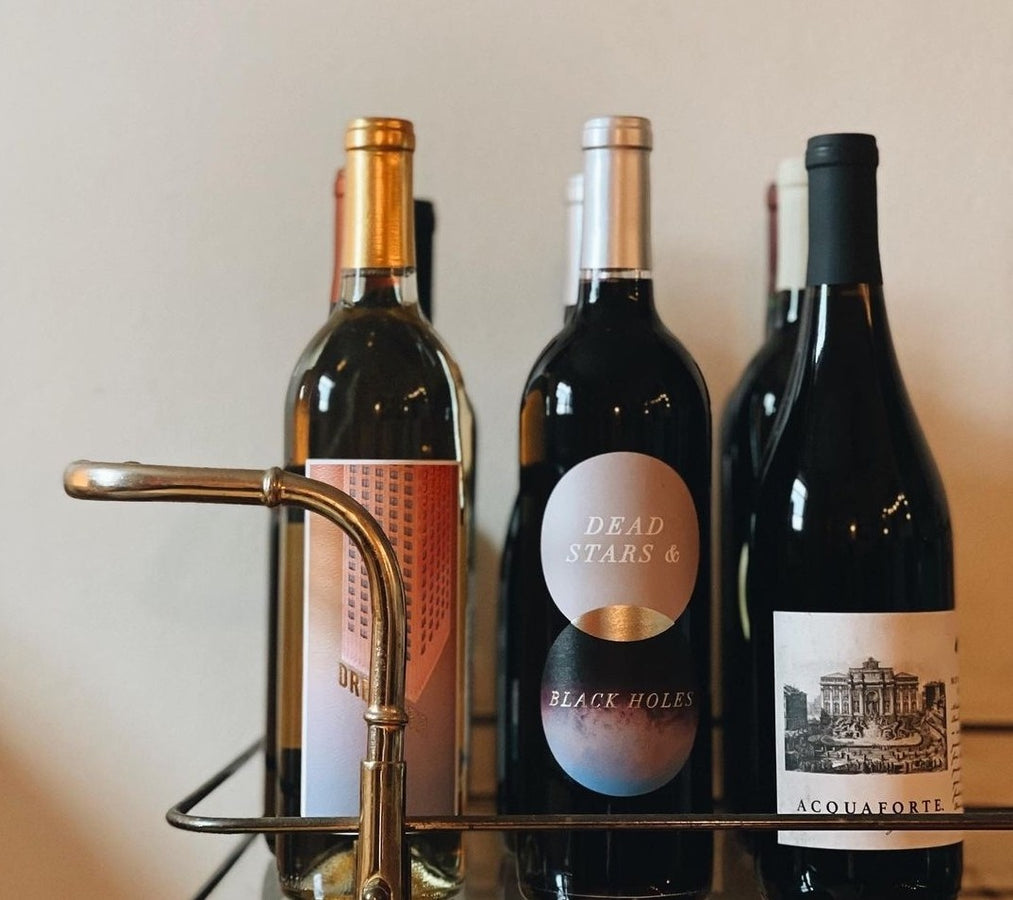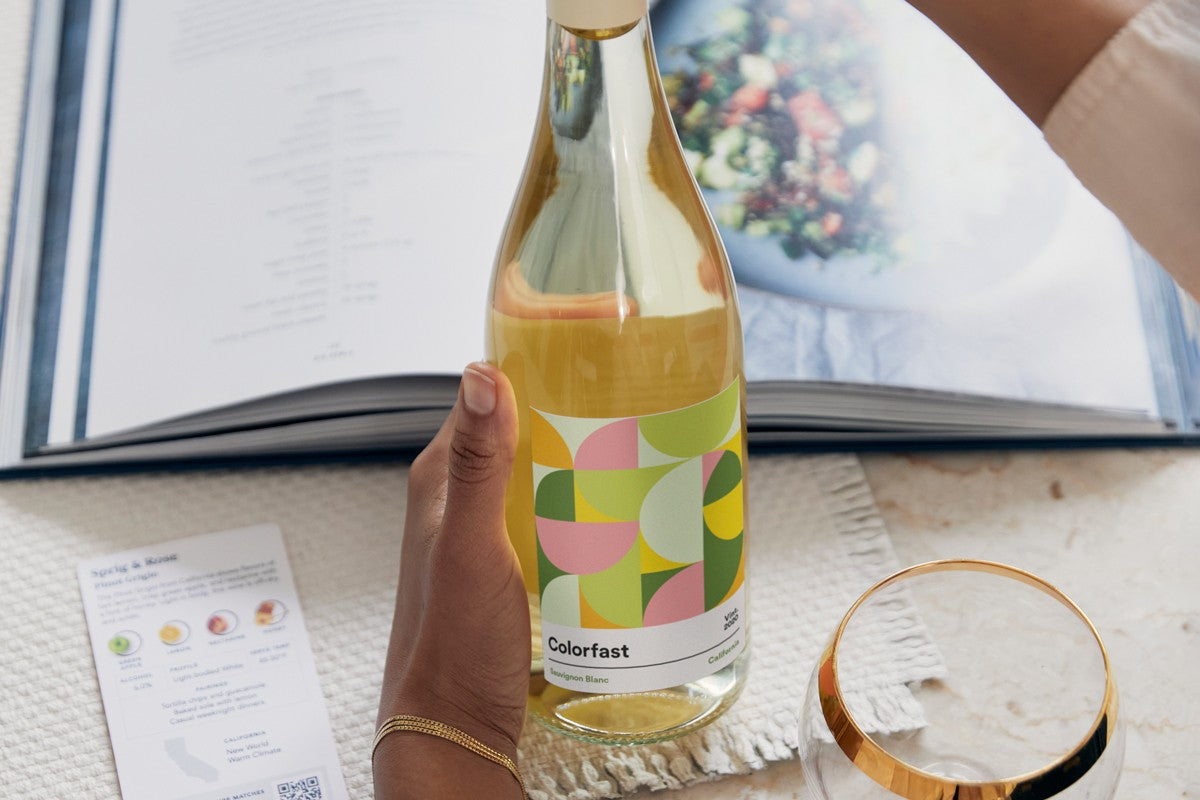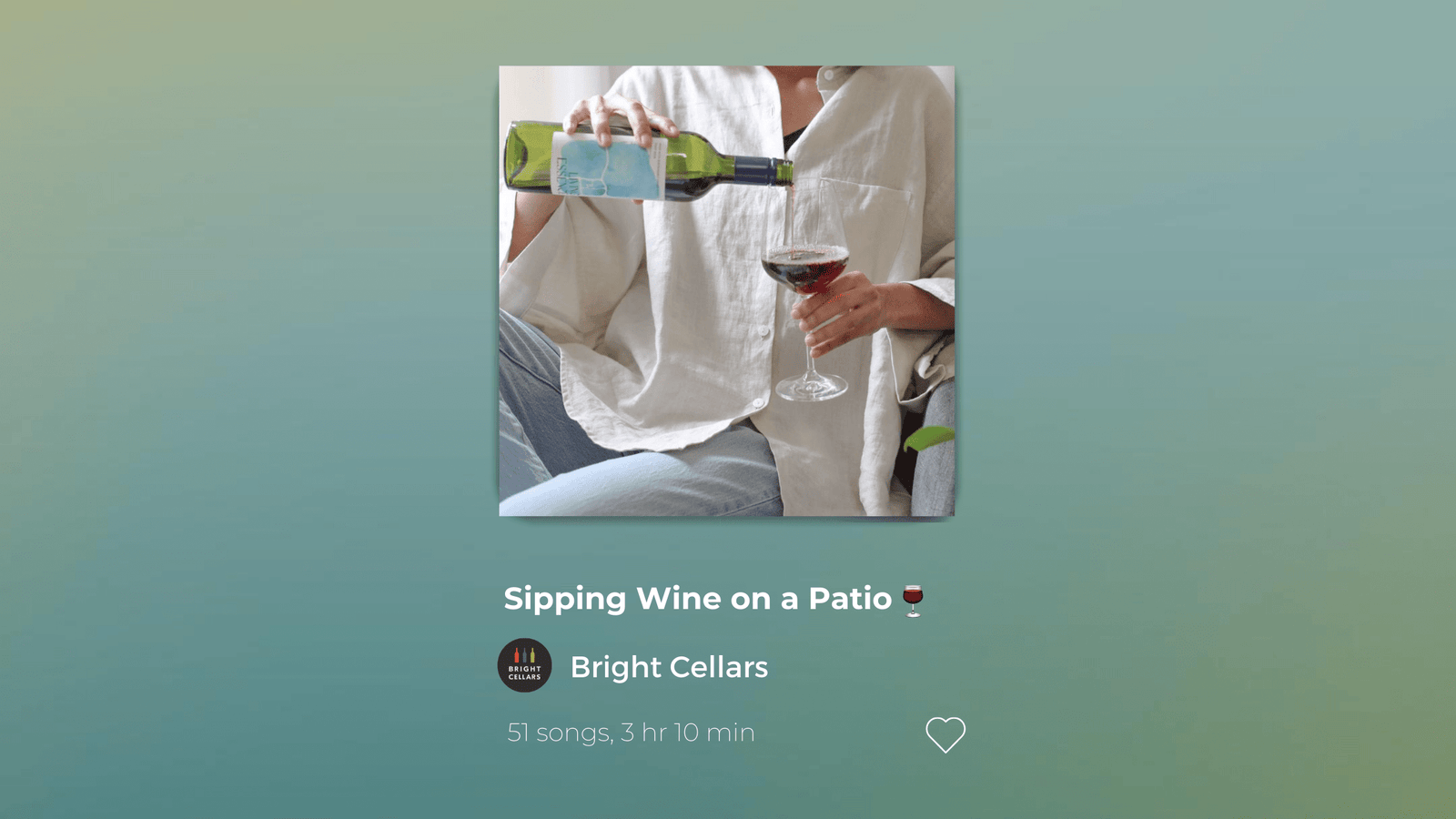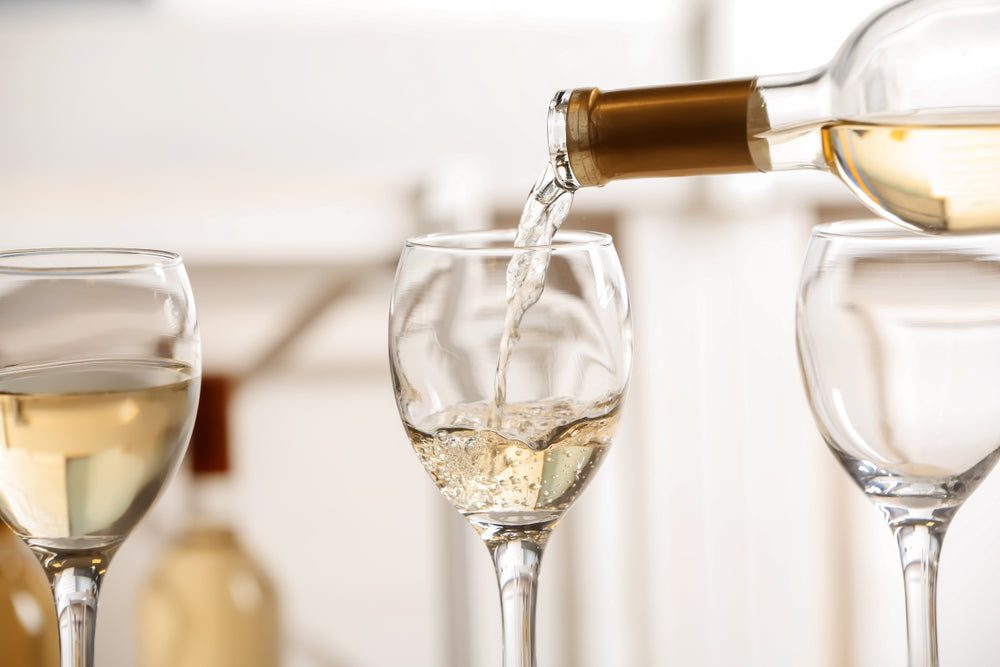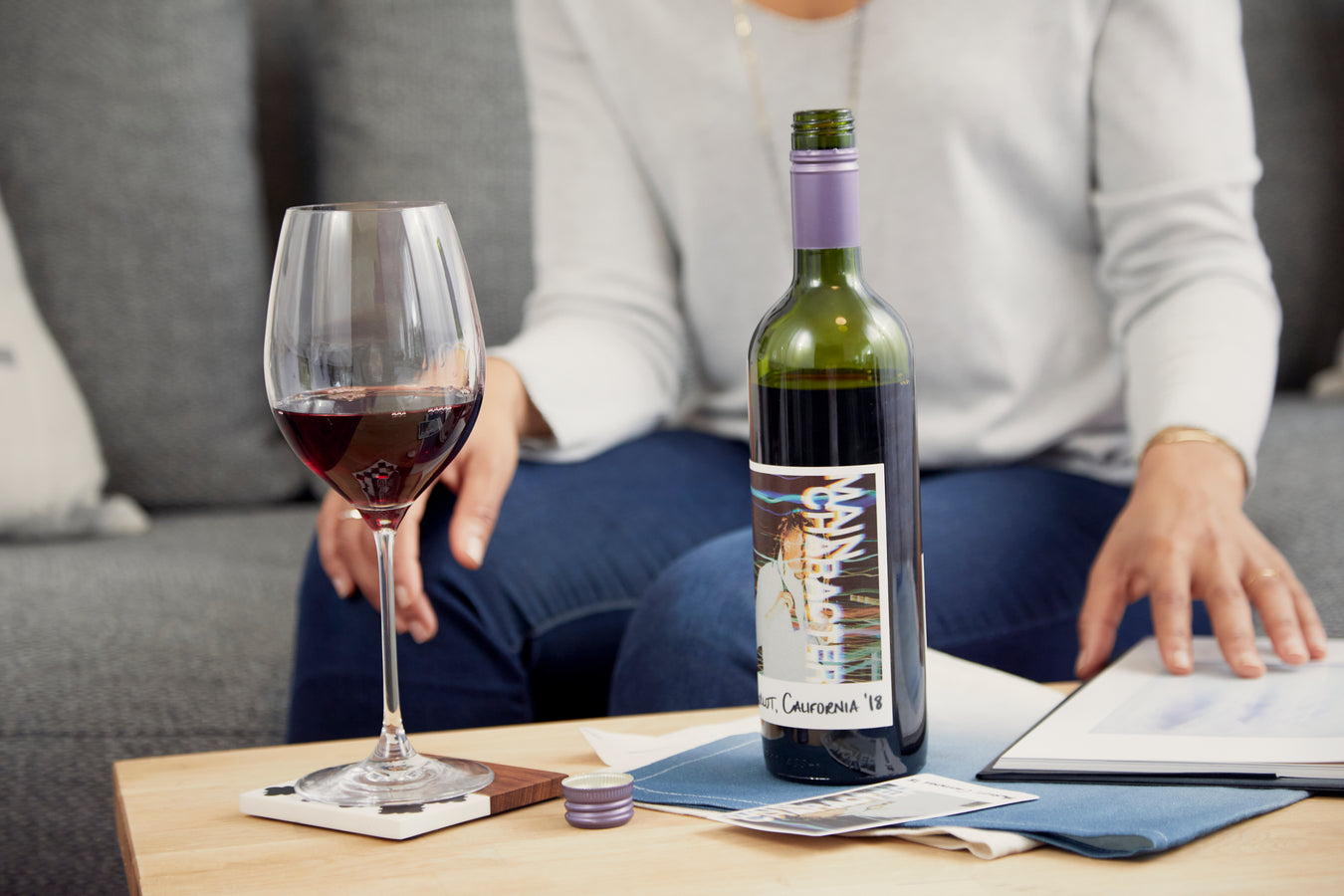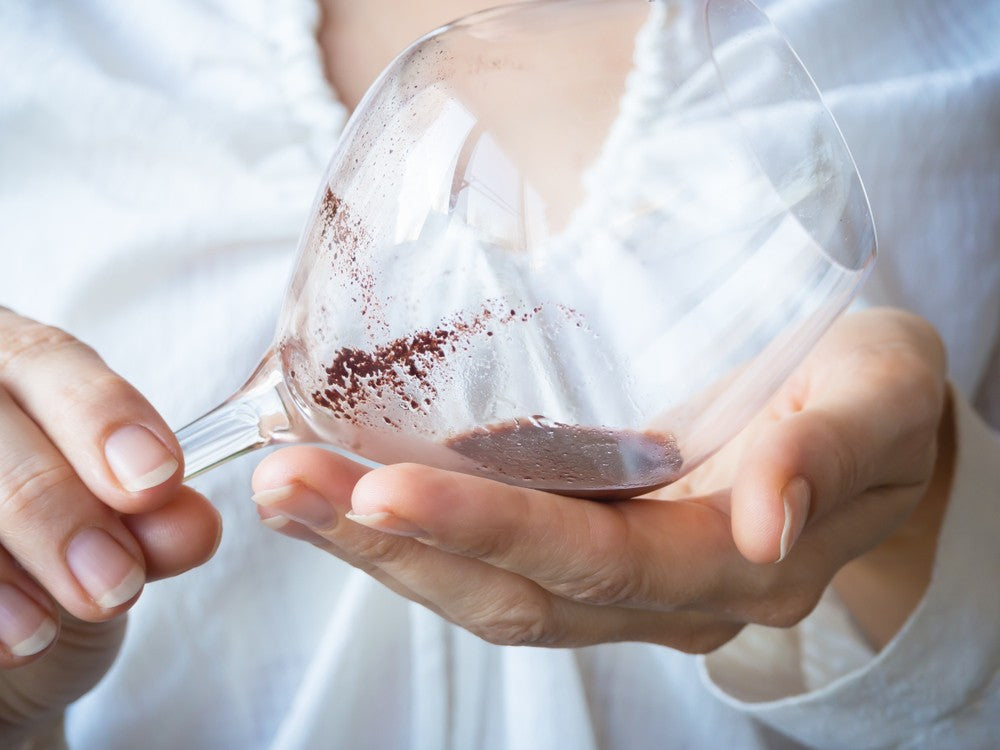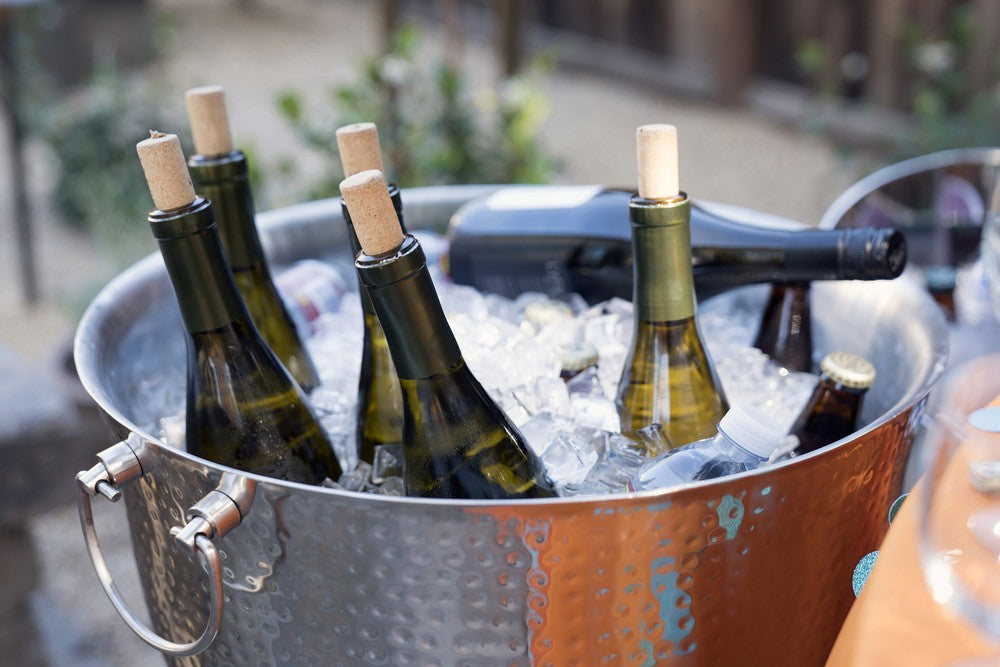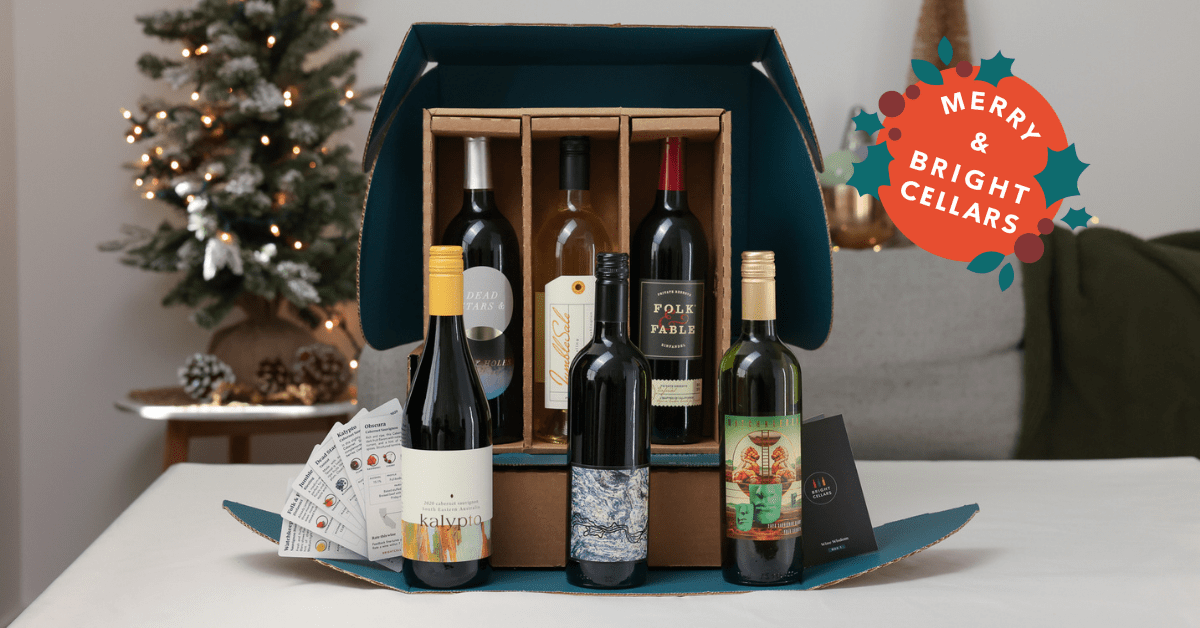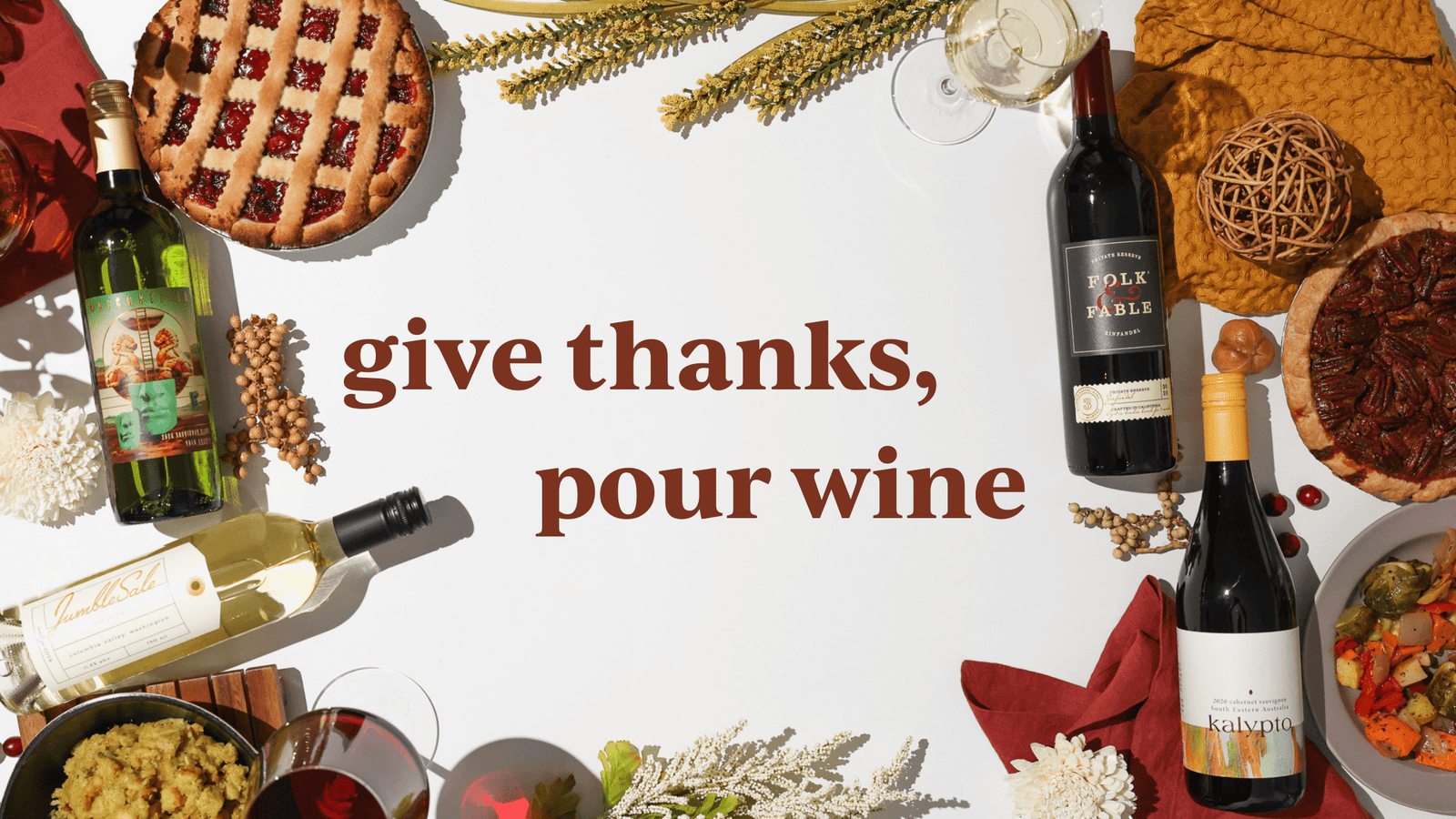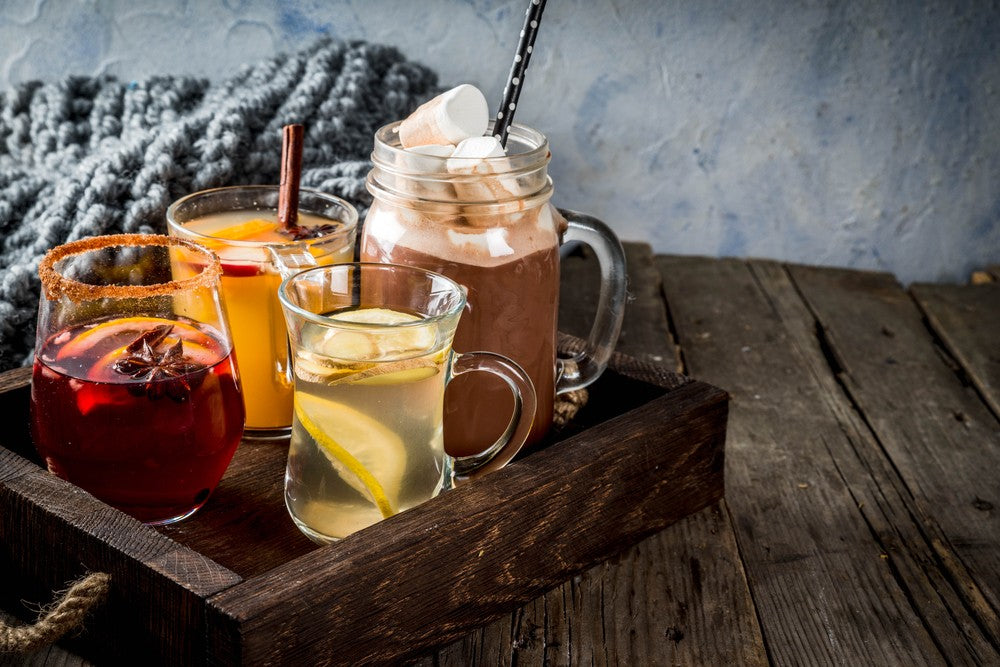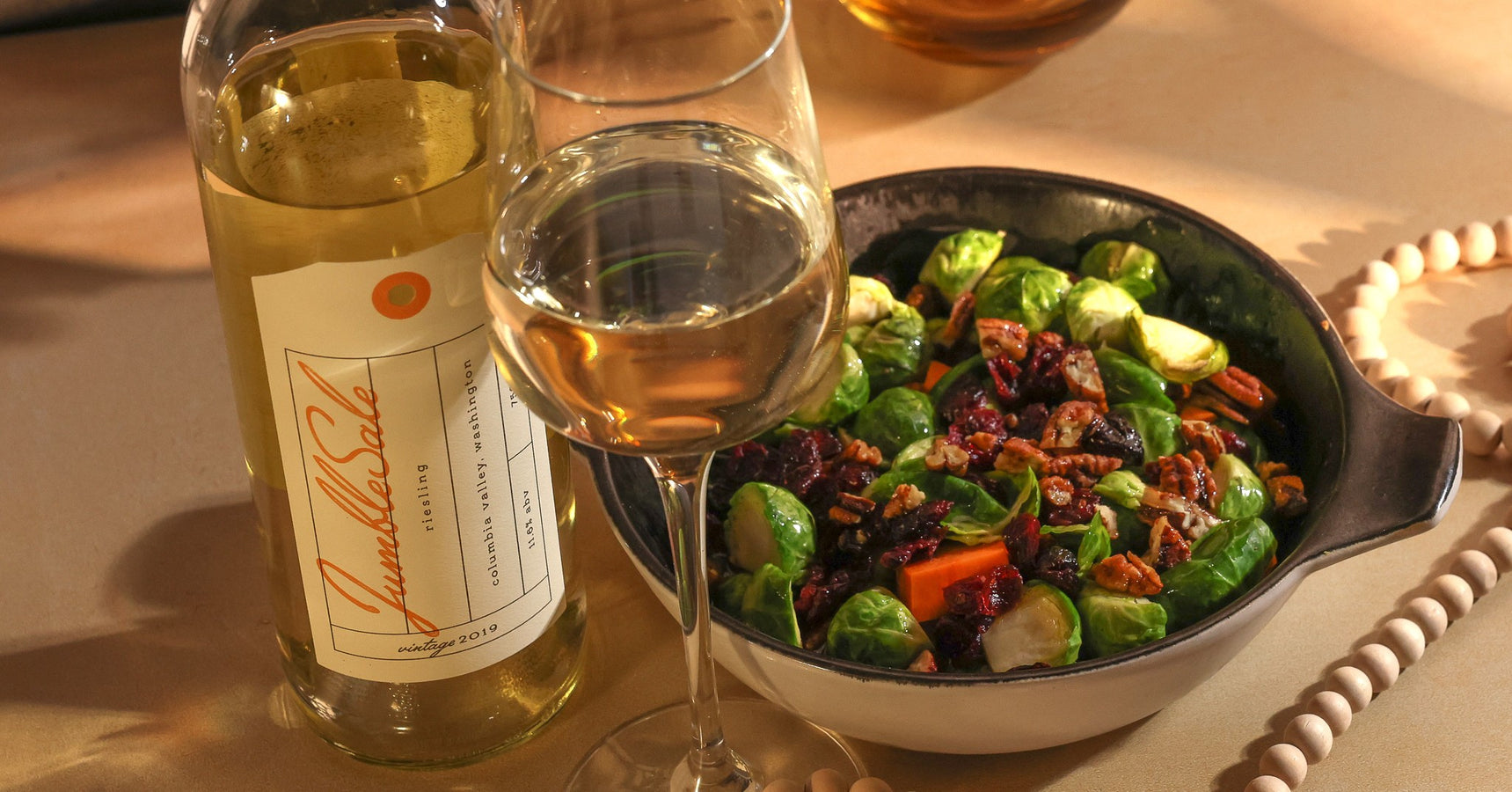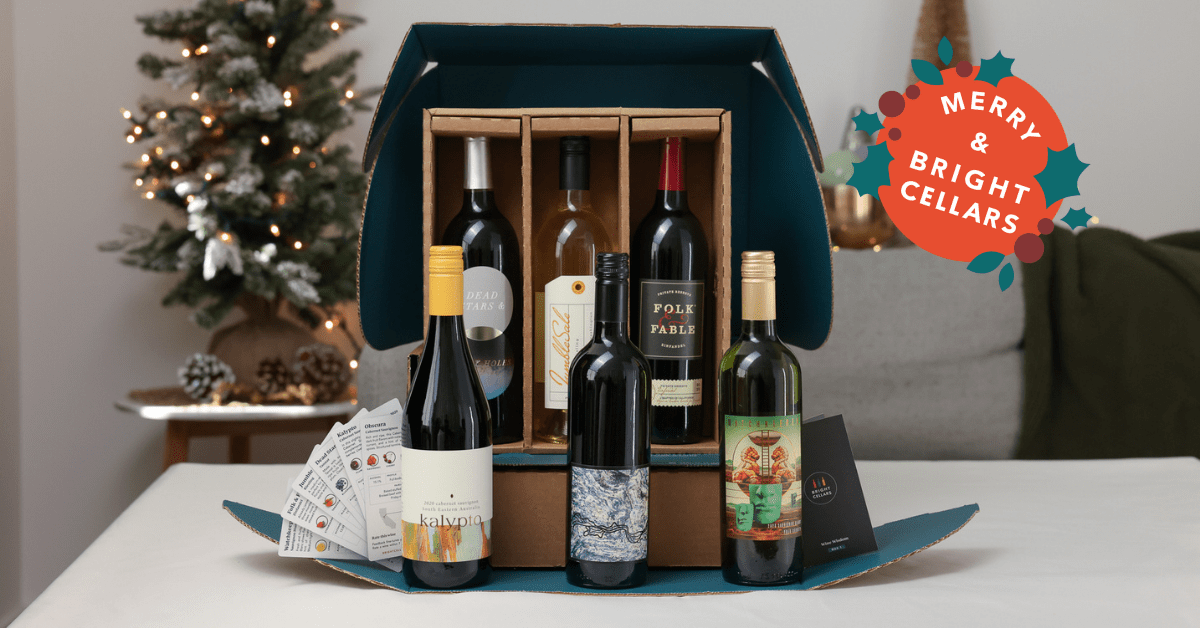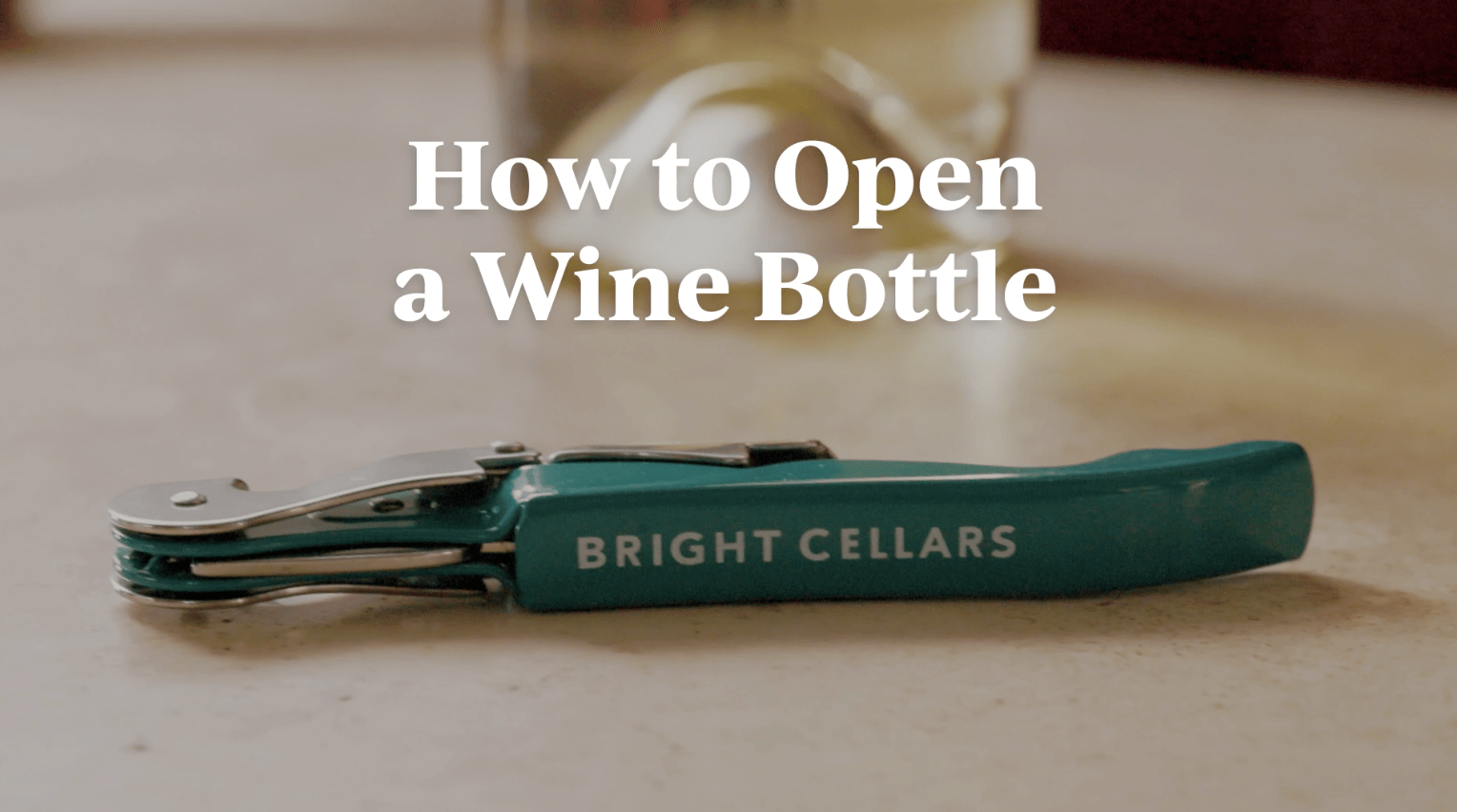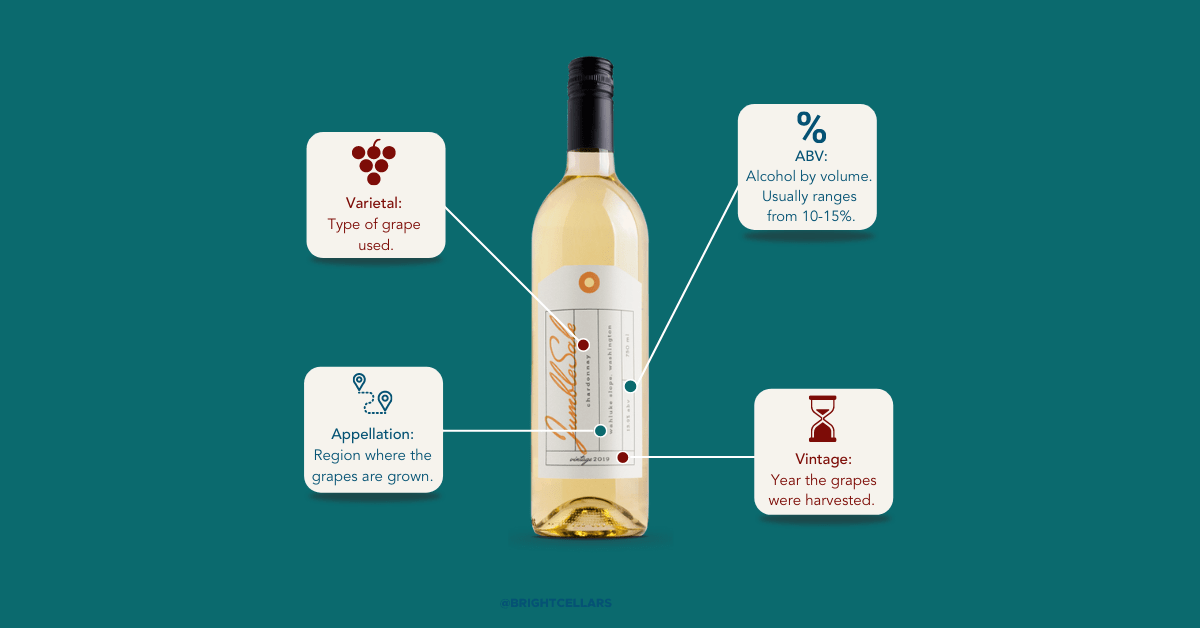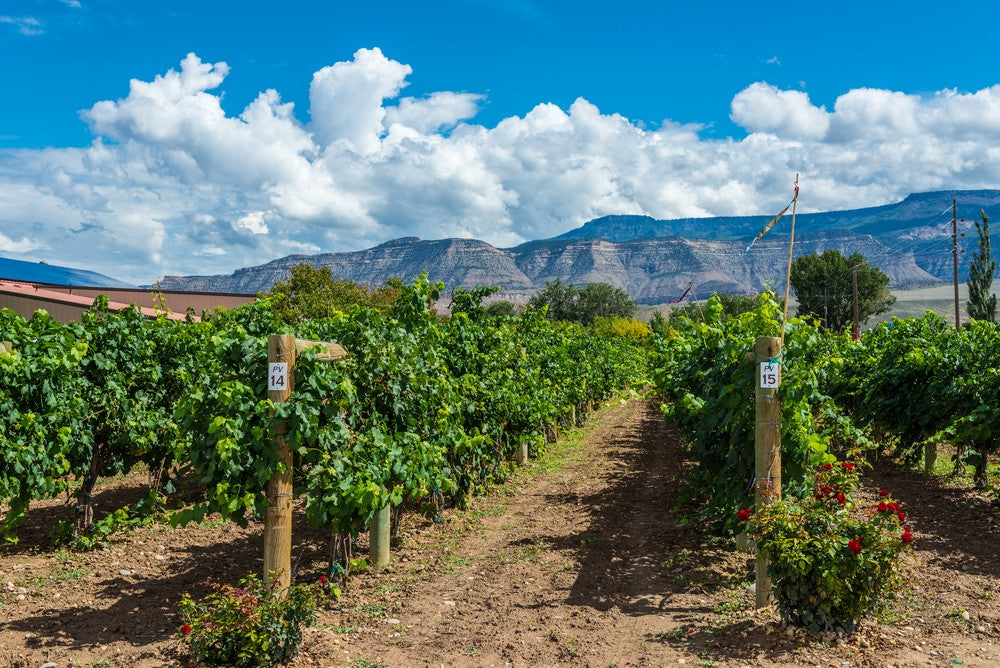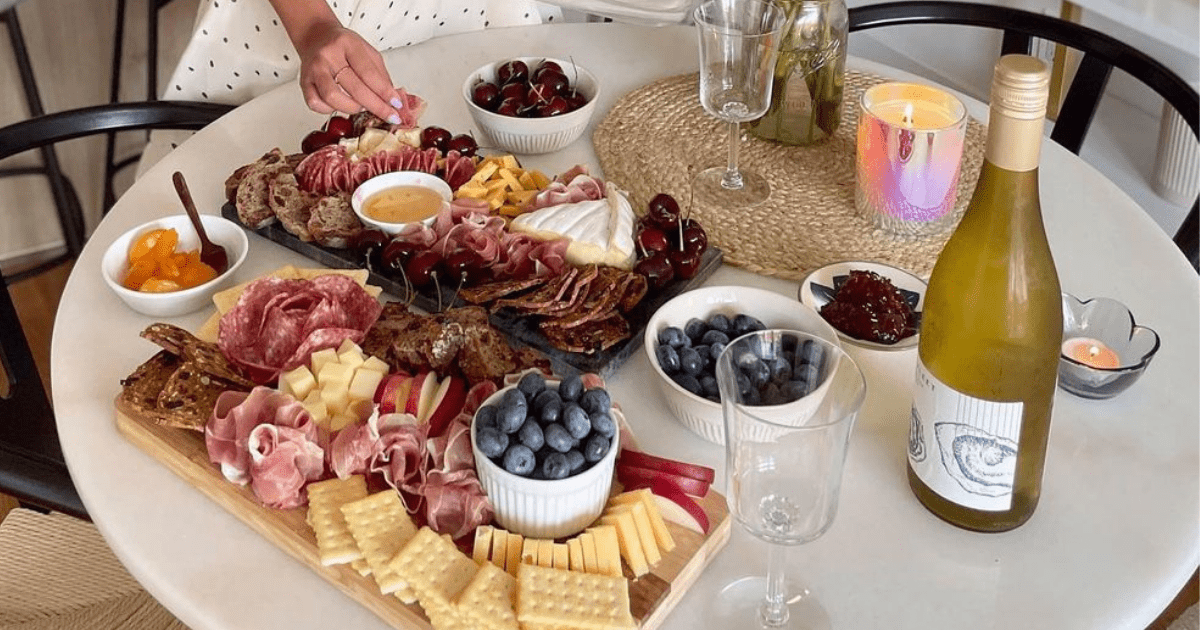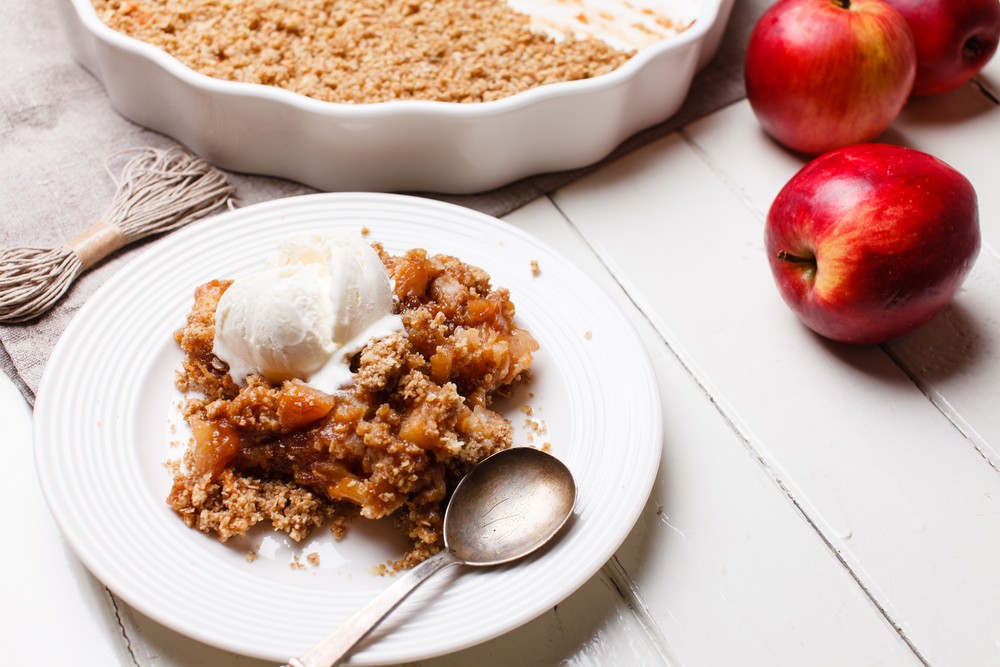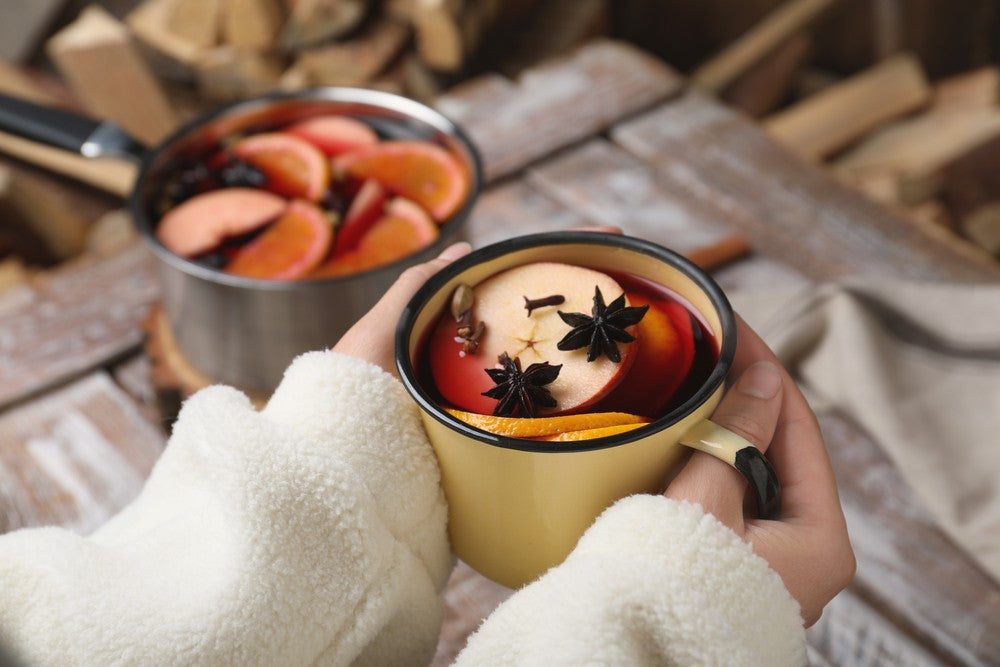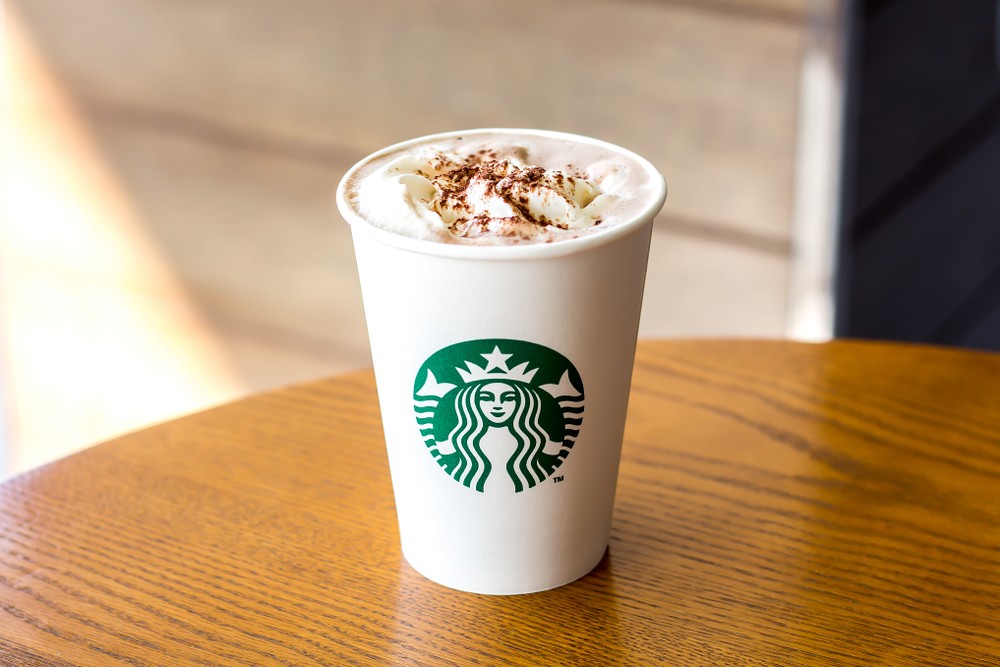
When asked if you prefer sweet or dry wine, most people can answer right off the bat. They’re either Team Sweet or Team Dry!
We asked our Bright Cellars’ community whether they prefer sweet or dry wine, and here are the results:
THE RESULTS
- 65.9% of respondents said “I like dry wines, or wines that have low/no residual sugar and a distinct lack of sweetness”
- 34.1% of respondents said I like sweet wines, or wines that have a strongly perceptible sweetness or ripe/candied fruit flavors
We also asked our Bright Cellars Instagram community about dry vs. sweet wine and the results were similar - 71% prefer dry wines while 29% prefer sweet.
What’s the difference between dry and sweet wine?
When describing the taste of wine, people often confuse fruit flavors and sweetness.
In terms of fruitiness, a wine can either be fruit-forward or savory. Fruit-forward means that the predominant flavors are fruity – whether it's berries, stone fruit, or tropical fruit. Fruity is not the same as sweet. So, even though you might smell the fragrant aromas of ripe peach, the wine might still be dry.
When it comes to sweetness level, a wine can be classified as bone-dry, dry, off-dry, and sweet.
Our palettes can help us determine whether a wine is sweet or dry, but in reality, classifying the sweetness of wine is an exact science based on residual sugar.
Champagne follows a different sweetness convention - explore our label language blog post to learn more about sparkling wine sweetness.
Only certain wines are sweet, right?
This is a common misconception! Sweetness level actually has nothing to do with the grape variety. It comes into play during the fermentation process, not the growing process. Any wine grape can be made sweet or dry - it depends on the preference of the winemaker.
The market may hold some responsibility for this common wine myth. For example, if you head to Germany and try a Riesling, you’ll notice it’s actually quite dry. However, in the US, most buyers view Riesling as a sweet wine. Therefore, winemakers tend to make Riesling sweet because that’s what the market demands.
IN VINO FINITO
Did you miss out on this week’s survey but want to get in on the next? Subscribe to our daily newsletter, Glass Half Full. It’s chock-full of fun wine facts, wine and food pairing tips, cocktail recipes, and more!
Already subscribed? Come back every Monday for another wine-inspired survey question!
